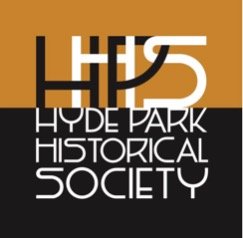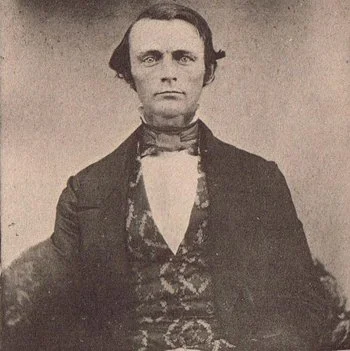Paul Cornell: Founder of Hyde Park 1822-1904
Born in 1822 of a distinguished New England family, Paul Cornell was a cousin of Ezra Cornell, the founder of Cornell University. He came to Chicago in 1847. A lawyer and entrepreneur, he became friendly with many of the leading citizens of the rising new town.
On the advice of Senator Stephen Douglas, he invested in land south of the city. In 1853 he bought 300 acres of lakefront land–and named his purchase Hyde Park, after the London park. The 300 acres Cornell purchased had previously been occupied by the Potawatomi and other native tribes, until the 1830s when the federal government colonized the area and enforced the Indian Removal Act.
Paul Cornell deeded some of the land for a right-of-way to the Illinois Central Railroad to assure connections to the city. He built a hotel and sold wealthy Chicagoans the idea of Hyde Park as a resort. This exclusionary approach did benefit him financially, as within a few years he was able to sell lots to some of the same people for year round houses in the new suburb, Hyde Park Village.
Within ten years there were one thousand residents in the community. His holdings grew to comprise forty-eight square miles–some areas designated for manufacturing, others for lower-cost housing. This larger area, Hyde Park Township, was annexed to the city of Chicago in 1889.
Paul Cornell also played a major role in developing the park systems on the south side of Chicago. Cornell supported the developments of Jackson and Washington Parks, designed by Frederick Law Olmsted and Calvert Vaux. His dream of having a university in his new community came true with the founding of the University of Chicago in 1890. The gray city–the Gothic buildings of the University–arose next to the White City, the World’s Columbian Exposition.
Paul Cornell is buried in Oak Woods Cemetery.




